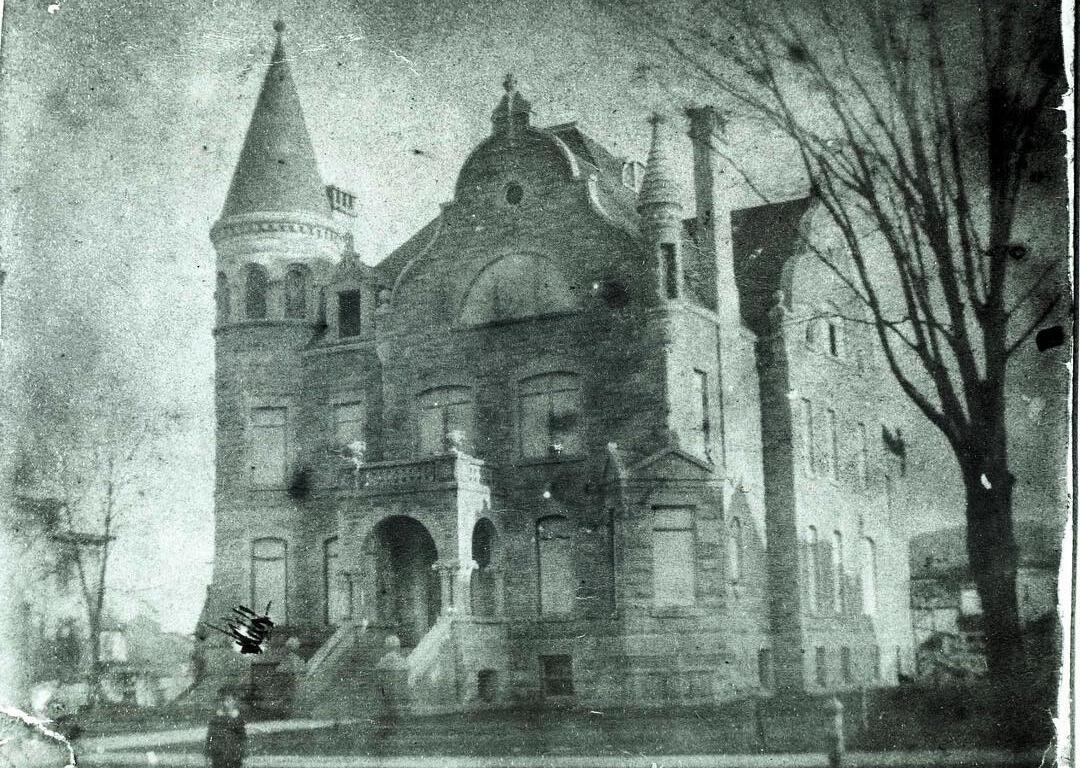CORTLAND, NY (607NewsNow) — In Cortland, New York, stands the 1890 House Museum, a grand, 30-room mansion with over 13,000 square feet of architectural splendor.
Built between 1888 and 1890, it was once home to the prosperous Wickwire family, whose presence still seems to linger within its walls more than a century later. Chester, his wife Ardell, and two sons Frederic and Charles were the first of the family to live in the home.
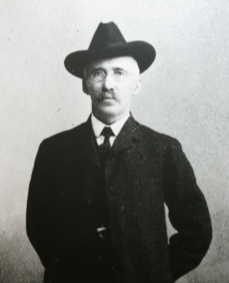
Chester F. Wickwire, a local industrialist and inventor with thousands of patents to his name, built the home as a monument to his success. After his death in 1910, following a stroke suffered at the dining room table, the house remained in the family until 1973. His wife Ardell passed away in 1915, and their son Frederic and his wife Marian would become the last residents. Visitors to the museum today say that the Wickwires may never have truly left.
Whispers and footsteps
Museum employees often report unexplained sounds after hours, the creak of footsteps on the upper floors when no one else is there, or the faint aroma of pipe smoke drifting along the staircase between the first and second floors. The area, once a bachelor’s retreat complete with a billiard room, is often linked to Frederic, who was known to spend much of his time there. Frederic is pictured to the right with his pet bird, who is said to have been heard during paranormal investigations.
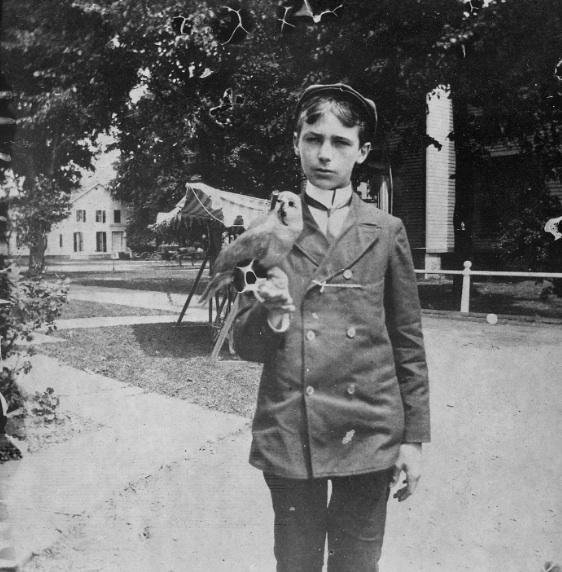
Some guests have also described feeling a gentle tug on their clothing while walking between the second and third floors, an experience that seems to happen most often when someone is asking aloud about the house’s supposed hauntings. Nicelee Hollenback, Secretary of the 1890 House Museum, has seen and heard her share of unusual occurrences. “The home evokes a sense of wanting to take care of it,” she said, “You can imagine how it’s hard for the Wickwire family to leave.”
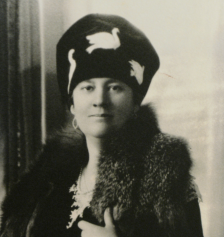
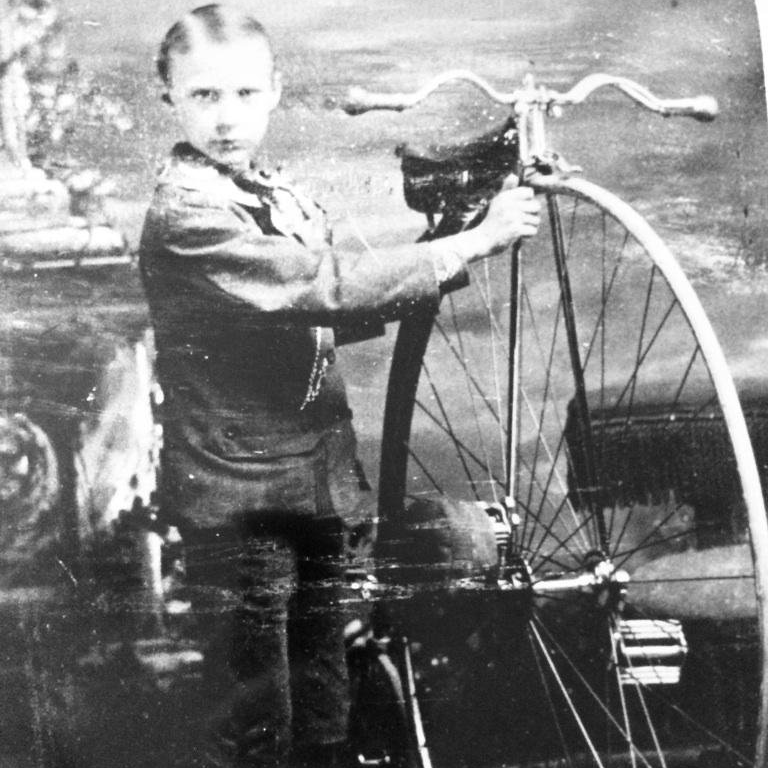
From left to right: Frederic’s wife Marian Wickwire and Chester’s youngest son Charles Wickwire.
A Fourth of July encounter
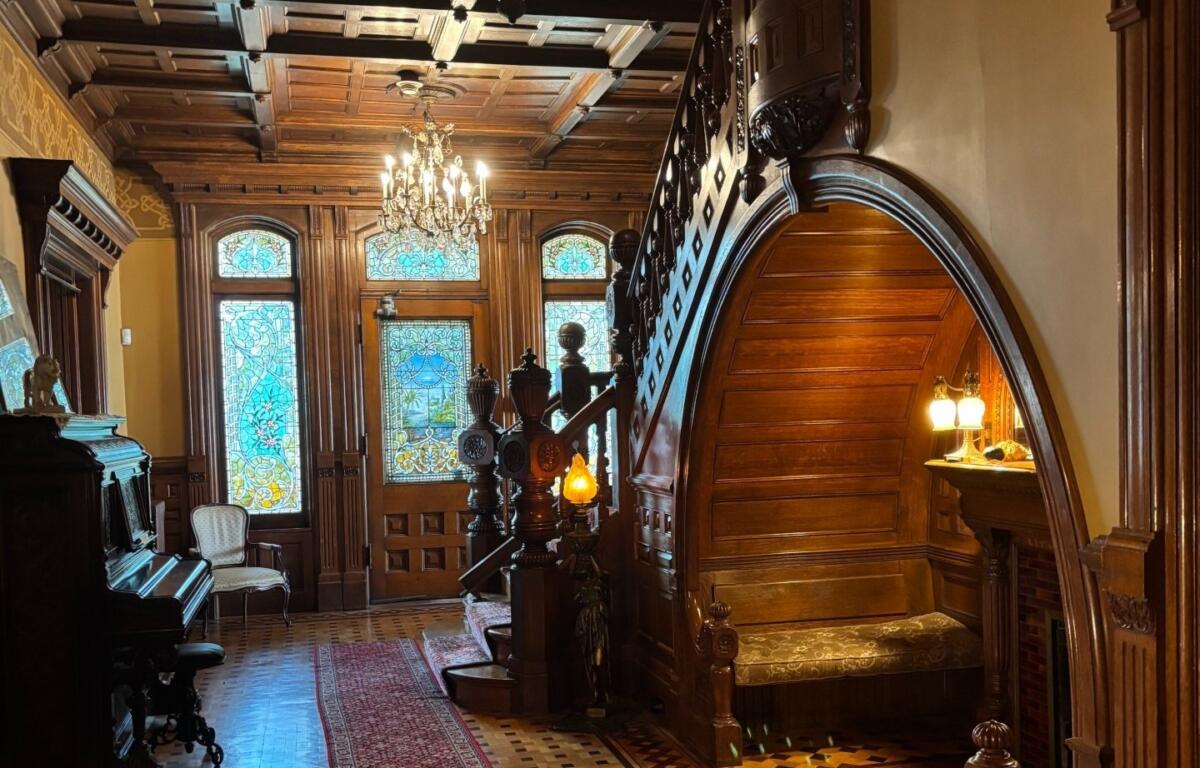
During the past Fourth of July weekend, Hollenback’s niece experienced something she will not soon forget. As she was helping close the museum for the evening, Nicelee turned off the upstairs lights. While waiting at the bottom of the steps, her niece saw a figure in a long skirt standing at the top of the staircase and heard the faint swish of fabric as it turned away. Moments later, all the lights Nicelee had switched off were inexplicably on again.
Investigating the unknown
The 1890 House now hosts monthly paranormal investigations, conducted with respect for the home’s history and its former inhabitants. Participants use spirit radios, devices believed to allow communication with unseen presences, and have heard both male and female voices respond to questions. “All money from the investigations goes directly to the museum,” Hollenback noted, “so as not to exploit the family or those who may still linger here. We have paranormal investigation groups come in so we can conduct them with as much accuracy and respect as possible.”
The dining room and master bedroom are considered two of the most active areas. Having had a stroke in the dining room at the table, Chester’s seat at the head of the table remains roped off.
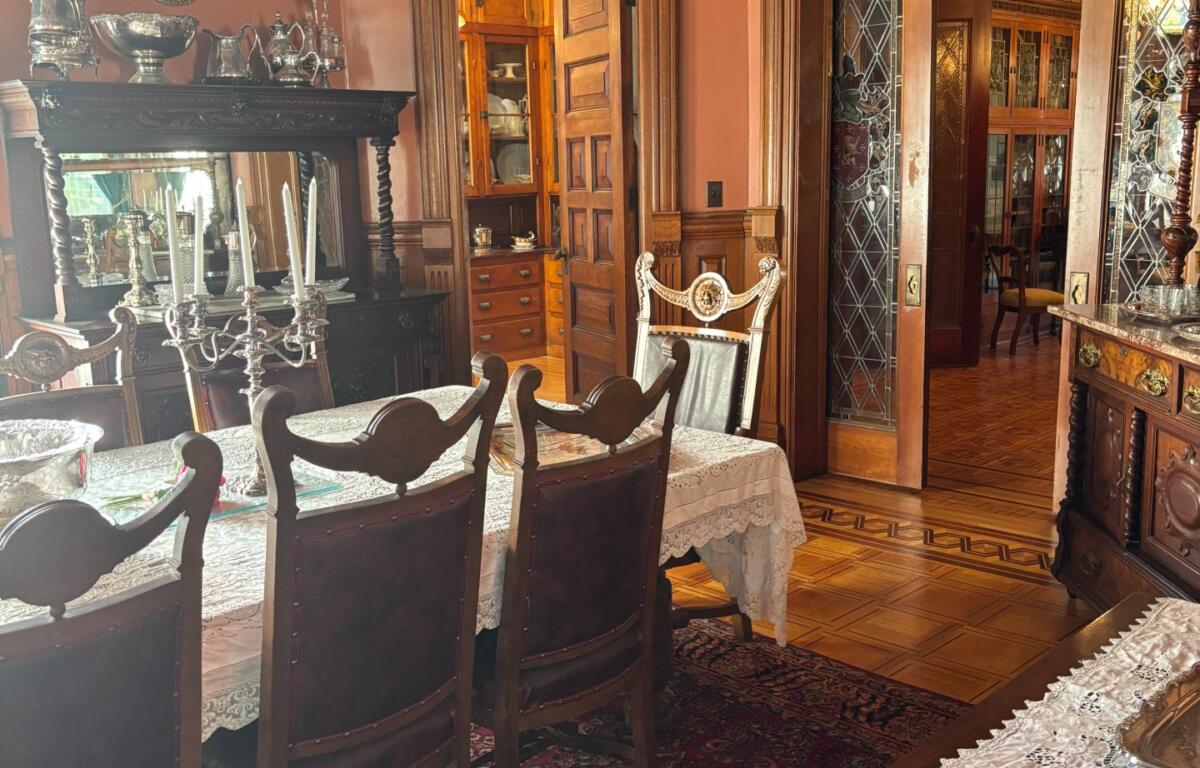
In the master bedroom, investigators often use a technique known as the Estes Method, a process involving sensory deprivation and two participants: one acts as a receiver, wearing a blindfold and noise-blocking headphones and listening to the random radio frequencies of a spirit box, while the other asks questions aloud. Because the receiver cannot hear the questions being asked, any responses they give are thought to be uninfluenced, lending a sense of authenticity to the interaction.
The spirits of the Wickwires
Those who claim to make contact report distinct personalities. Chester is said to be curious and engaging, often responding positively to questions about his inventions or his home. Frederic, on the other hand, seems less welcoming, with investigators and museum employees describing him as outwardly not wanting strangers inhabiting his home, though his wishes for his home to be left alone do not seem to be ill-willed.
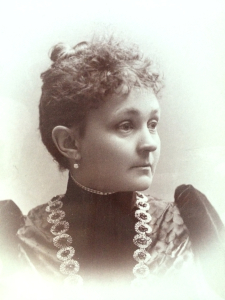
Having moved into the home with his wife Marian and four children in 1923, Frederic and Marian had the over mantels removed because when she would walk past them, she claimed to have seen Ardell Wickwire in the mirror keeping watch of the house. Ardell is pictured to the left.
Hollenback believes the house itself plays a role in preserving its past. “The house, made of brick, stone, and wood, holds memories and energy,” she said. “It’s exciting to hear from the Wickwire family and know that they’re there, but it makes you wonder if they’re stuck, or if they simply feel a duty to stay.”
While the truth behind the 1890 House’s alleged hauntings remains elusive, one thing is certain: within its Victorian walls, history and mystery intertwine and the voices of the past may still be whispering to those willing to listen.
Interested in signing up to participate in a paranormal investigation at the 1890 House? Visit their events page here to find the next one, taking place this Saturday, October 11th.
All photos courtesy of Nicelee Hollenback and the 1890 House Museum.


